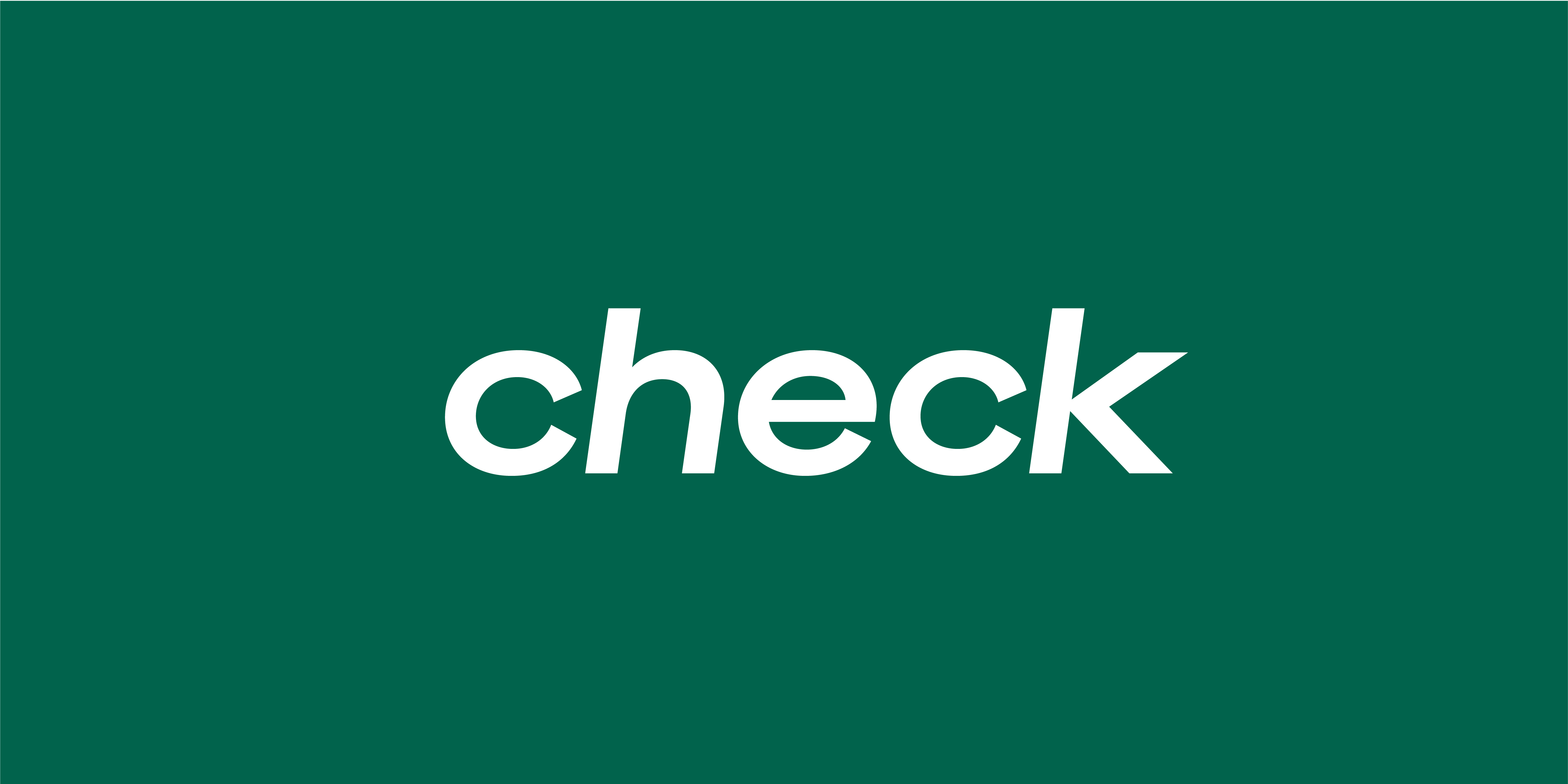
December Changelog
Zach Zhang
Product Manager
December is always a busy time of year in the payroll world, but that didn’t stop our team from releasing key features like the Run Payroll Component and support for ‘Applied for’ parameters in Onboard and Console. We're very excited to head into the new year strong, with even more features coming down the pipeline to help you build faster and more elegantly on top of Check.
Happy holidays from the Check team!
A quick recap of December
- Launch of the Run Payroll Component
- Support for ‘Applied For’ status in Onboard and Console
- Edit support for child support remittances
- Create new hire contractor reports
- Add workplaces to contractor payments
Run and preview payrolls using the Run Payroll Component
You can now use the Run Payroll Component to create, edit, preview, and run payroll. This component offers your users an easy way to set up employee pay rates, add earnings, and preview payrolls all in one embeddable flow.
We’re committed to helping you build a world-class payroll experience. With the use of the Run Payroll Component, you will be able to embed a preview and run payroll flow that is compliant, well-tested, and user-friendly.
To learn more about the Run Payroll Component, and all other Check Components, see our documentation here. If you would like to see how Check Components can help speed up your payroll product build, please reach out.

Mark Console and Onboard parameters as 'Applied For'
We have updated Console and Onboard to allow employers to indicate that certain company parameters are not yet available but have been applied for by the company. This may be useful for a new business that hasn't received its state-specific employer identification number from the state agency.
When marking parameters as “Applied For,” certain state forms may be deferred for signature in Check Onboard and Check Components — this is normal and won't block implementation or payroll.

Edit Child Support Remittance
You can now PATCH the `managed` field on a Post-Tax deduction to `false`, and Check will not include the funds in the `cash_requirement` (found in the Totals object) or attempt to make payment on behalf of the company.
This is for employers who prefer to keep their current process for remitting deductions and not have it paid through Check.
Create new hire contractor reports
Check has added optional fields `dob` and `start_date` to the contractor object and `workplace` to the contractor payments object to facilitate new-hire reporting for contractors.
Add a workplace to a contractor payment
You can now associate a workplace with a contractor payment. This allows Check to complete the appropriate state filing of 1099s for Year-End.
More from the Check blog

Navigating Tax Day: Tips from a Payroll Expert about April 15th
Check's payroll expert Jim Kohl answers the question: What is Tax Day? Take a look at our latest blog to refresh your memory on all things Tax Day.
Read more >
.png)
Demystifying Astronaut Payroll
Astronauts give "non-resident" income a whole new meaning. Our own Jim Kohl unearths the current and future state of cosmic compensation.
Read more >



